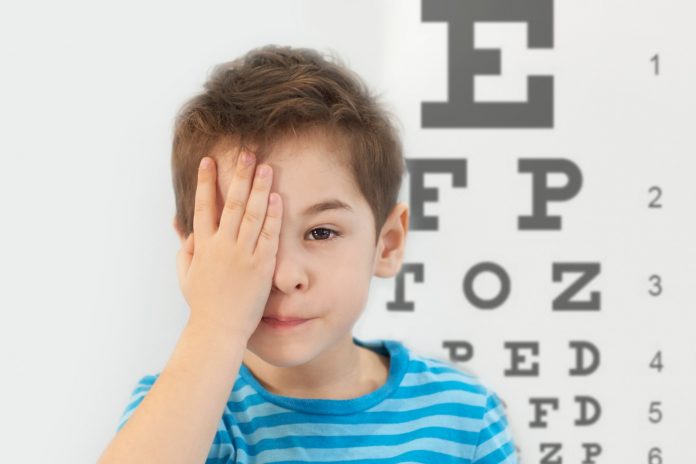Children and adolescents living with glaucoma develop a high level of emotional and social resilience to cope with this rare chronic eye condition, a new Flinders University study reveals.
However, more can be done, with researchers examining feedback from 18 young people about the challenges, both visual and non-visual, caused by childhood glaucoma.
Giving their side of the story can help shape methods of support and strategies to improve their life inside and outside a clinical setting, Flinders ophthalmology experts say in a new article in BMJ Open.
“The study raises important implications for how we engage and empower children in their eye care so that they are ready and confident to manage their condition on their own,” says lead researcher Lachlan Knight, from the Flinders Health and Medical Research Institute at Flinders University.
“Navigating childhood and adolescence with a rare eye condition, attending multiple appointments, and missing school can be tough for children because their peers may not understand what they are going through.
“Children, and most often teenagers, do worry about their glaucoma and how it will impact on their future, in particular career choices, getting a driver’s license and navigating adult eye care without their parent or guardian.”
Glaucoma is often associated with the ageing population, resulting in little attention to the childhood form. Childhood glaucoma can be diagnosed at any age from birth through to 18 years.
Although rare, affecting approximately 1 in 30,000 children in Australia, it contributes to about 7% of childhood vision impairment worldwide.
Participants were quoted as saying: “When I try to explain [that I have glaucoma] – no one understands and I have to keep explaining, explaining, and explaining,” and “I can’t actually join the Army, because of my lack of vision … It sucks because now I don’t actually have a plan for my life.”
While the study found a high level of resilience among children with glaucoma, including adapting to their visual limitations in the classroom and other settings, it recommends:
- The need to develop interventions that improve a child’s ability to manage their condition so that they develop the necessary skills to overcome any challenge that comes their way now and in the future.
- Clinicians are encouraged to provide children with an active voice in their care and direct questions toward them instead of their parent or guardian.
The study found children often considered their ophthalmologist a “friend” and found that the use of laptops and vision aids in the classroom meant they could easily keep up with schoolwork.
The South Australian researchers have interviewed 100 impacted by childhood glaucoma over the past two years and are close to validating the world’s first quality of life measure for individuals with childhood glaucoma.
The tool will be used in the clinical and research setting to support a multidisciplinary model of care which involves ophthalmology, genetics, social work and psychology.





